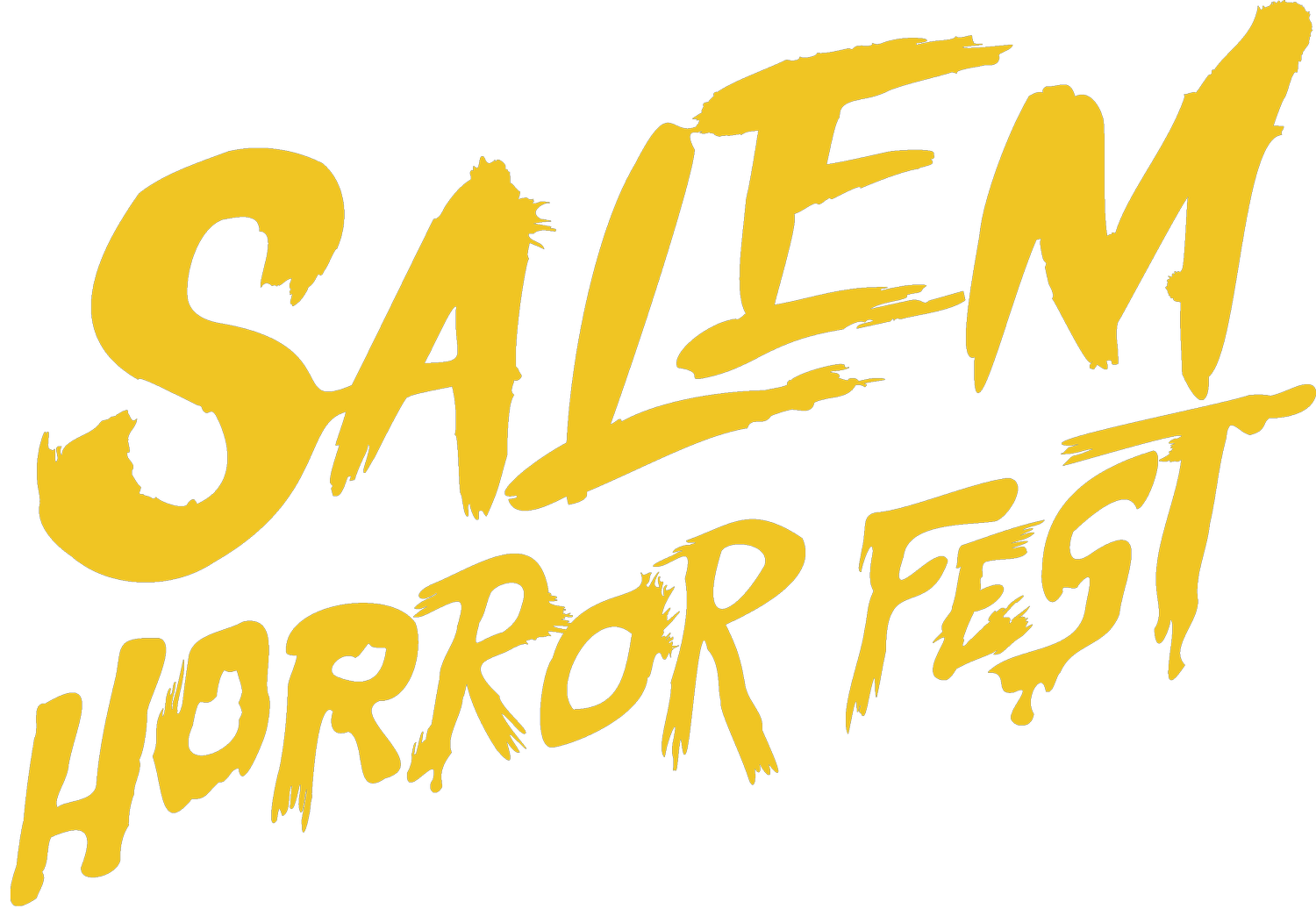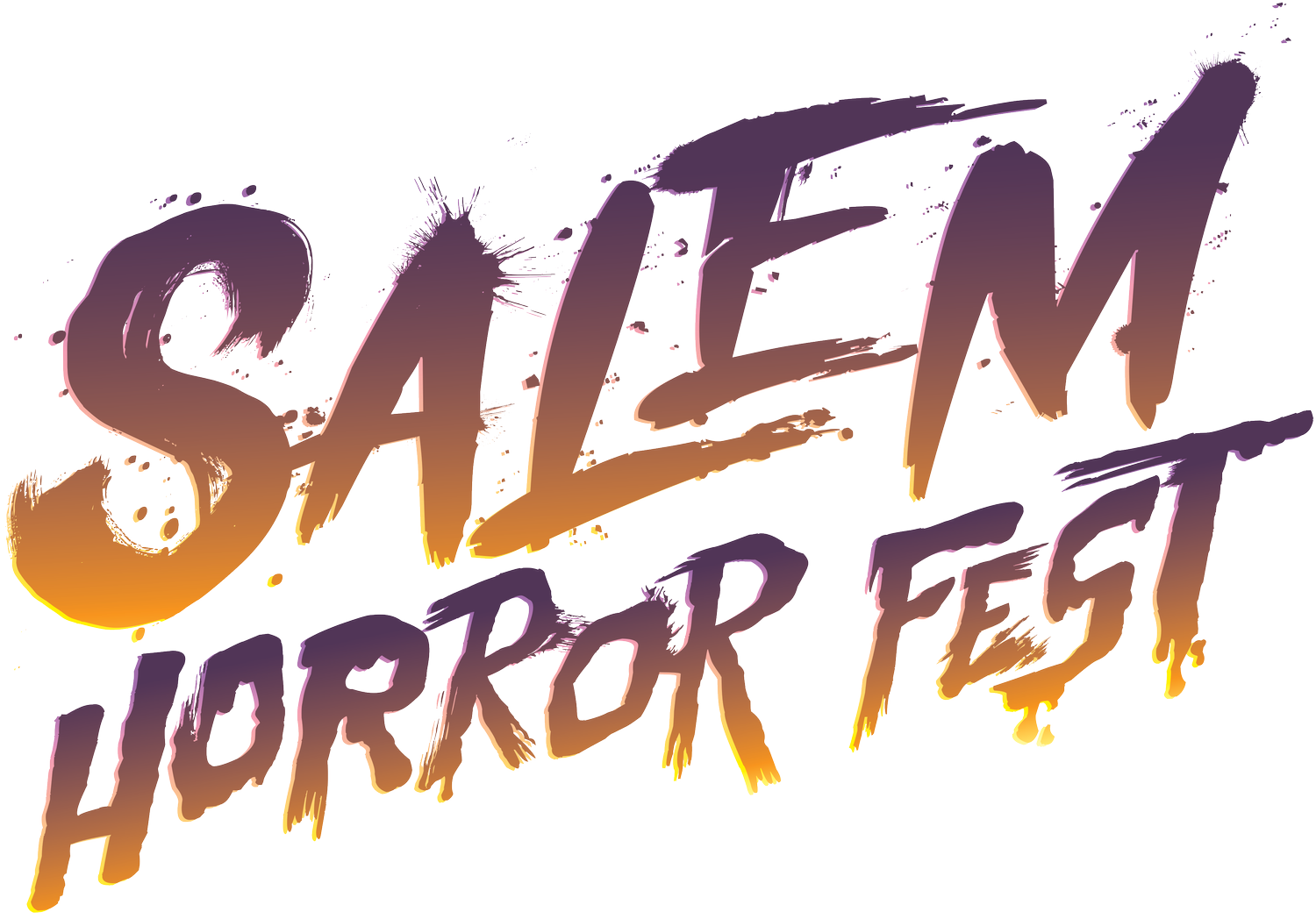The Monster and Millicent Patrick
Written by Agatha Luz
She was born Mildred Elizabeth Fulvia di Rossi on November 11, 1915 in El Paso, Texas. Sometime around 1960, she began to refer to herself as the Baronessa di Palonbara of Italy, and by 1986 she was using the name Milicent P. Trent. But to horror film fans, she is best known as Millicent Patrick -- the woman responsible for the final design of the Gill Man in the 1954 film Creature from the Black Lagoon.
Not much is known about Millicent Patrick’s early years. Her father, Camille Charles Rossi, was an engineer and architect whose work took the family from Texas to South America to New York and finally to California. Patrick claims to have spent 10 years of her childhood in San Simeon, California while her father worked as superintendent of construction under Julia Morgan for the Hearst Castle.
In the late 1940’s, she was hired by Walt Disney Studios as an animator -- making her one of (if not the) first female Disney animators. Unfortunately, her animation career was cut short by “headaches.” Patrick then modeled for a brief time, but was soon scouted by Hollywood producer, William Hawks. In 1948, as a bid to secure her transition from modeling to acting, she changed her name to Millicent Patrick. She’d had ten uncredited film roles when a chance meeting changed her career trajectory.
It would be impossible to talk about Millicent Patrick without mentioning Bud Westmore. Universal Studios Makeup artist Bud Westmore met Millicent Patrick in 1952 while on the set of The World in His Arms, a picture in which Patrick had a role. Westmore was making her up when she happened to mention that she, too, was an artist. After reviewing her portfolio, he hired her for the Universal Studios makeup department.
Under Westmore’s supervision, Patrick created the “pirate faces” for actors in Against All Flags (1952), was a makeup illustrator for Sign of the Pagan (1954), contributed to the design of the aliens from It Came From Outer Space (1953) and This Island Earth (1955), and to the look of Mr. Hyde in Abbott and Costello Meet Dr. Jekyll and Mr. Hyde (1953). Patrick continued to act while she worked behind the scenes; between the years of 1948 and 1963, she’d amassed over 25 film and television credits.
Westmore’s department began work on Creature From the Black Lagoon in 1953. The extent of Patrick’s contributions is unclear -- accounts vary and conflict with each other. But it is reasonably certain that Bud Westmore and Milicent Patrick painted the completed latex headpiece and body suit. According to an article for Famous Monsters magazine (#144), “She painted the creature from head to toe in amphibian hues of yellow and brown -- adding highlights to scales and creating chillingly realistic shadows beneath the eyes, gills, and armor.”
It is important to put the release of Creature From the Black Lagoon in context since it played an important role in how Universal promoted Creature. In 1952, RKO re-released King Kong (1933), to great success. Universal Studios was hoping to capitalize on the renewed attention on monster movies with a new production, complete with a promotional tour touting Milicent Patrick as “The Beauty Who Created the Beast.” The tour’s name is an blatant allusion to the famous final line from King Kong: “It was Beauty killed the Beast.”
Whether or not they intended to, the powers that be at Universal exploited Milicent Patrick for her beauty and for the novelty of her sex in her profession. In a tour eerily similar to the one Kong was to have taken, Millicent was paraded around the country, duly photographed, and interviewed. She was a marketing scheme. Even now, when writing about her, many journalists focus on her appearance, describing her “a knockout” and one going so far as to list her body measurements. This serves to further demean Patrick’s place in Hollywood history.
Despite the name of and reason for the tour, Millicent was careful to credit the head of her department, Bud Westmore, his crew, and the studio as being ultimately responsible for the look of Gill Man. In a 1954 interview with Jane Corby for The Brooklyn Daily Eagle, Patrick noted: “I spent six weeks with the Gill-man. He changed his shape three times before he was able to win the approval of the [studio] executives who always have the last word on Hollywood monsters.”
In a November 6, 2002 letter to Vincent Di Fate for his Tor.com article, “The Fantastic Mystery of Milicent Patrick”, movie screenwriter and Creature scholar David Schow writes:
“...I think fans have overcompensated by wrongly crediting [Millicent Patrick] as a designer when her job was more ‘realization’ that is, visualizations of designs that were the result of group consensus…”
Schow’s account of Patrick’s involvement with the Gill Man’s design matches that of Patrick herself, but it is at odds with statements made by Chris Mueller (who sculpted the costume) and Ben Chapman (the actor who played the Gill Man on land). Mueller stated that Westmore was not involved in the design, even though he was the only one credited in the movie. In a 2000 interview with Bob Gourley, Chapman is more explicit: “...the design on the board, the artist was Millicent Patrick, she drew it.”
Several newspapers of the time agreed, and credited Patrick with the design without mention of Westmore. He was furious. According to a letter written by Universal executive Clark Ramsay to Charles Simonelli, the director of publicity and exploitation, “[Westmore] has let it be known in a general way that he is not going to use [Patrick] as a sketch artist anymore.” Ramsay commented on the situation: “I think we all agree that Westmore is being a little childish over the entire matter.” In an attempt to appease Bud Westmore’s ego, studio publicists changed the name of Patrick’s tour to “The Beauty Who Lives With the Beasts.” Ultimately, this did not mollify Westmore, and the studio abided by his decision to fire Patrick, cutting short her promising career. This was the end of Patrick’s involvement with Universal Studios. In fact, there is no record she ever worked with another studio as a makeup artist.
Millicent Patrick’s post-Universal life is a mystery. A newspaper article in 1986 describes her attempts to document her father’s work. Public records reveal her marriage to businessman Lee Trent and her date of death as February 24, 1998. The Screen Actors Guild lists her as “missing.”
The story of Millicent Patrick’s contribution to Creature From the Black Lagoon has become as legendary as the titular monster and as murky as his watery domain. Who really created the Gill Man? We may never know for certain, but though Millicent Patrick may have been erased from Hollywood memory, her work brought to life one of the most unforgettable monsters in film history.

